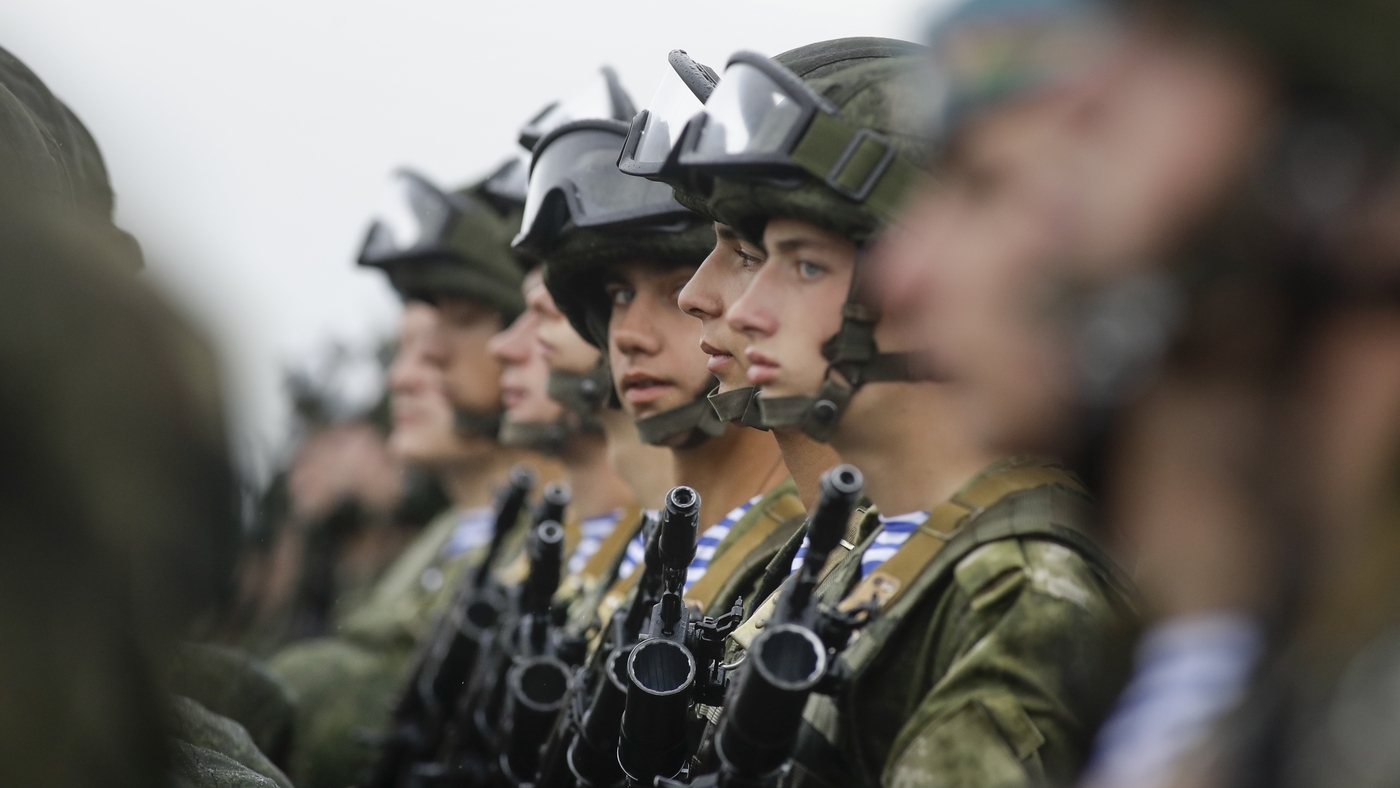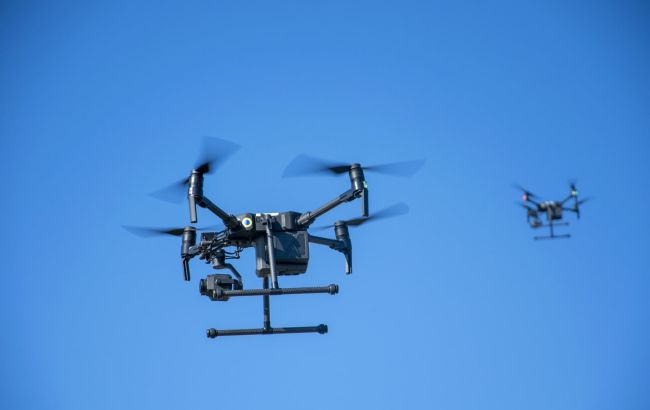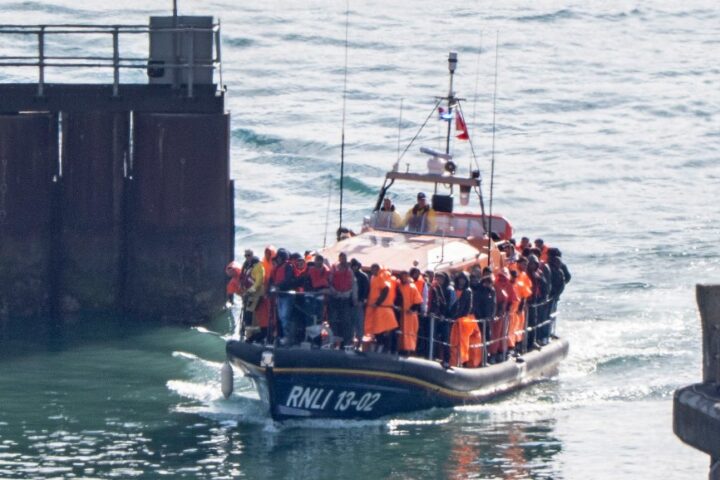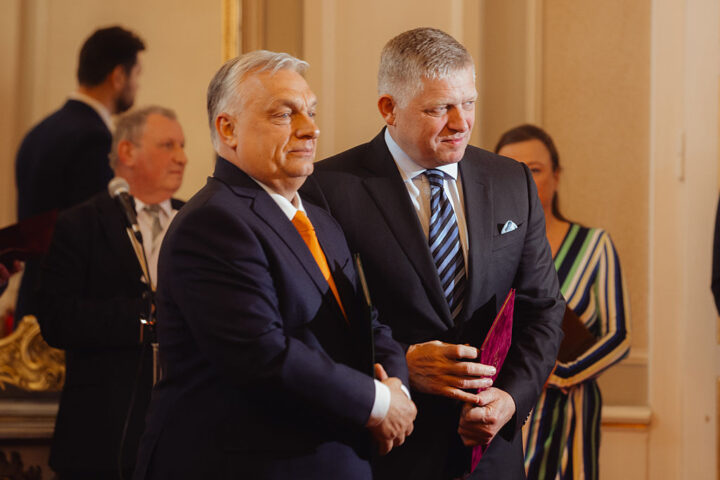Minsk is threatening to relocate the planned joint military exercises with Russia, Zapad-2025, back to areas bordering the EU, reversing a previous pledge to conduct them deeper within Belarusian territory. The statement came on July 23 from Belarus’ First Deputy Defence Minister, Major General Pavel Muraveiko, amid escalating tensions with neighbouring NATO members.
The Zapad-2025 drills, scheduled for September, were initially expected to take place near the Lithuanian and Polish borders. However, in late May, Belarusian Defence Minister Viktor Khrenin publicly committed to moving the maneuvers away from the frontier after calls for restraint from Brussels. Now, officials in Minsk are warning of a reversal in that decision, citing regional security concerns.
NATO’s eastern flank on alert as Minsk cites Polish and Lithuanian troop moves
According to the Belarusian Ministry of Defence, the renewed threat to shift exercises to the border is in response to recent military activity by NATO members. Poland has reportedly declared its readiness to hold division-scale drills near Grodno and the Białowieża Forest, while Lithuania is redeploying its Iron Wolf Brigade to the Pabradė training ground, just 15 km from Belarus.
Minsk claims these moves justify a reconsideration of the training location, adding that Belarusian forces may be relocated “closer to the EU borders” to conduct simulated defensive operations. The implications of this shift raise concerns among NATO members, given the historical precedent of similar exercises being used as cover for offensive military operations.
Echoes of 2022 as analysts warn of asymmetric threats
Western defence analysts continue to draw parallels between current developments and the lead-up to Russia’s full-scale invasion of Ukraine in February 2022 — an assault that began in part from Belarusian territory following joint military exercises. Experts caution that the Suwałki Gap, a vulnerable stretch between Poland and Lithuania, remains a strategic flashpoint for potential aggression by Russian and Belarusian forces.
While the likelihood of an actual military incursion during Zapad-2025 is considered low — due to Russia’s ongoing entanglement in Ukraine — the joint maneuvers could provide Russian and Belarusian special forces with valuable training for hybrid scenarios. These may include covert destabilization tactics targeting border zones, using asymmetric methods designed to evade timely NATO detection and response.
Baltic region identified as potential pressure points
In addition to the Suwałki Gap, Western observers identify other high-risk areas for potential provocations: Lithuania’s Šalčininkai district, Latvia’s Daugavpils region, and the Estonian town of Narva, all of which are home to significant Russian-speaking populations and lie close to Russian or Belarusian territory. These areas are seen as soft targets for future operations testing NATO’s rapid response capabilities.
Despite the currently low risk of direct confrontation, the exercises serve as a warning shot and a rehearsal space. They allow Russia and Belarus to rehearse operational coordination and gain experience in scenarios that could one day support hostile action against EU or NATO members.
Regional militarisation accelerates in response to joint drills
The renewed military posturing by Moscow and Minsk further validates recent defence initiatives by NATO’s eastern flank. In response to rising threats, Poland and the Baltic states have ramped up military spending — in some cases to 5% of GDP — and begun fortifying border regions. These measures include large-scale infrastructure upgrades, the reintroduction of anti-personnel mines following exits from the Ottawa Convention, and new models of rotational NATO deployments.
Defence officials across the alliance increasingly view the joint Zapad drills not merely as training but as a form of strategic messaging and coercion. The manoeuvres underscore the urgency of accelerating deterrence efforts and reinforcing NATO’s eastern border, especially amid a protracted Russian war in Ukraine and heightened Belarusian military assertiveness.













